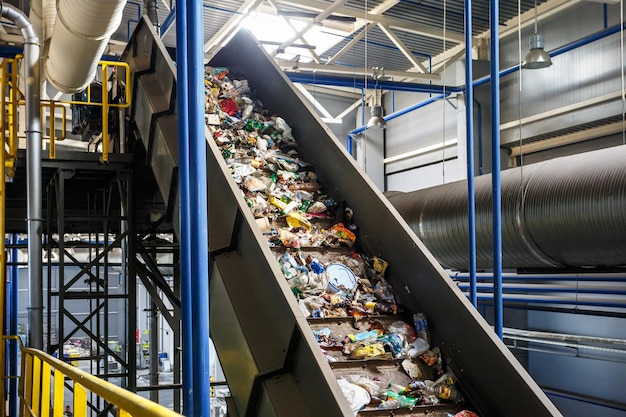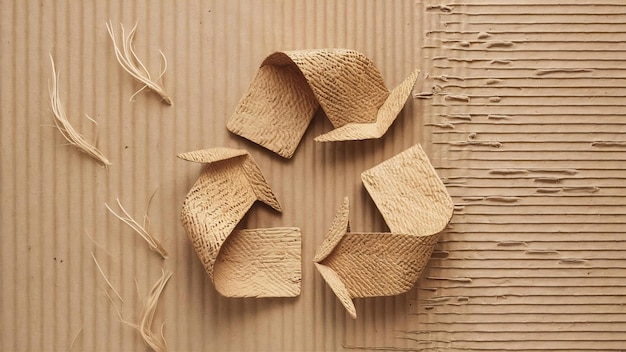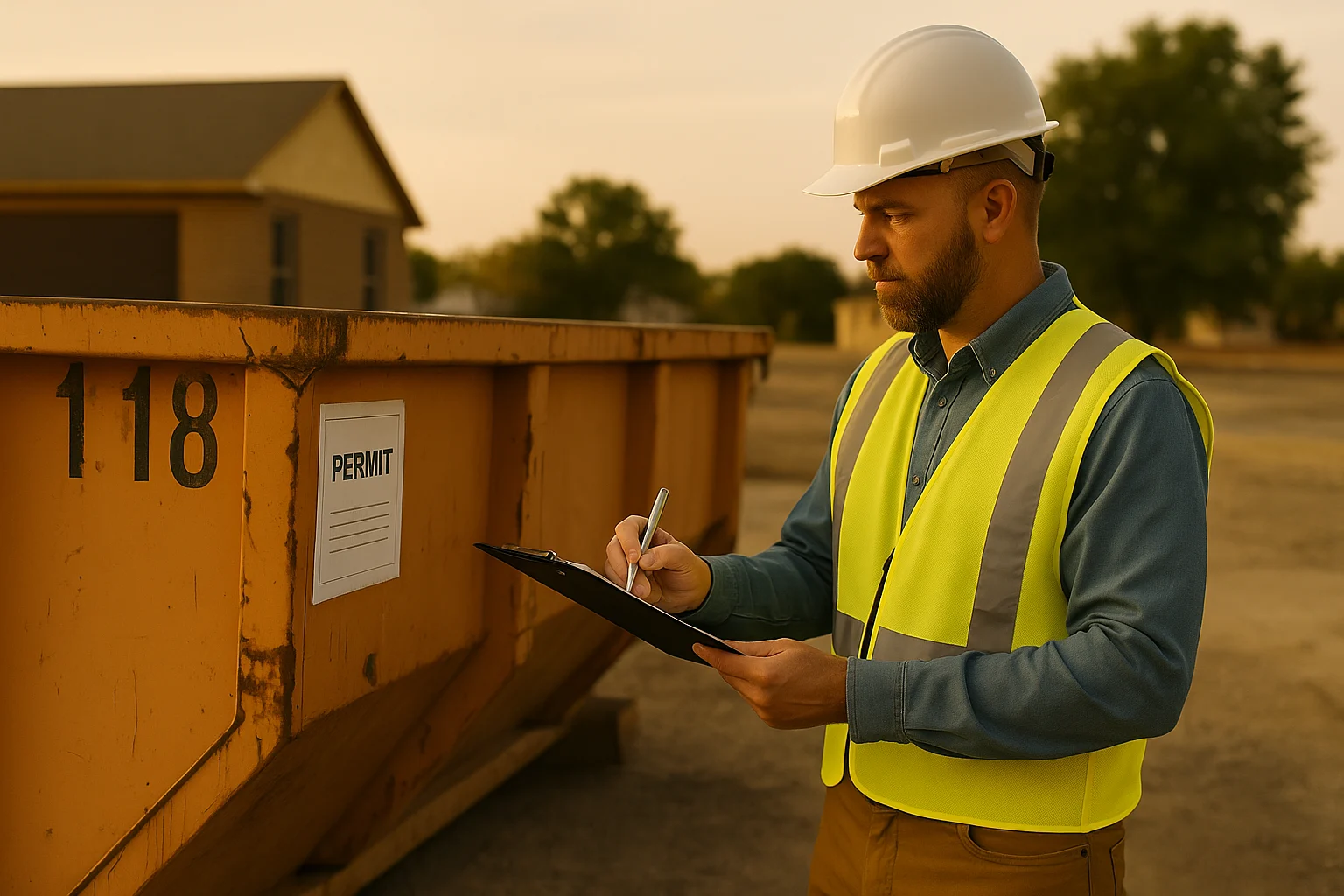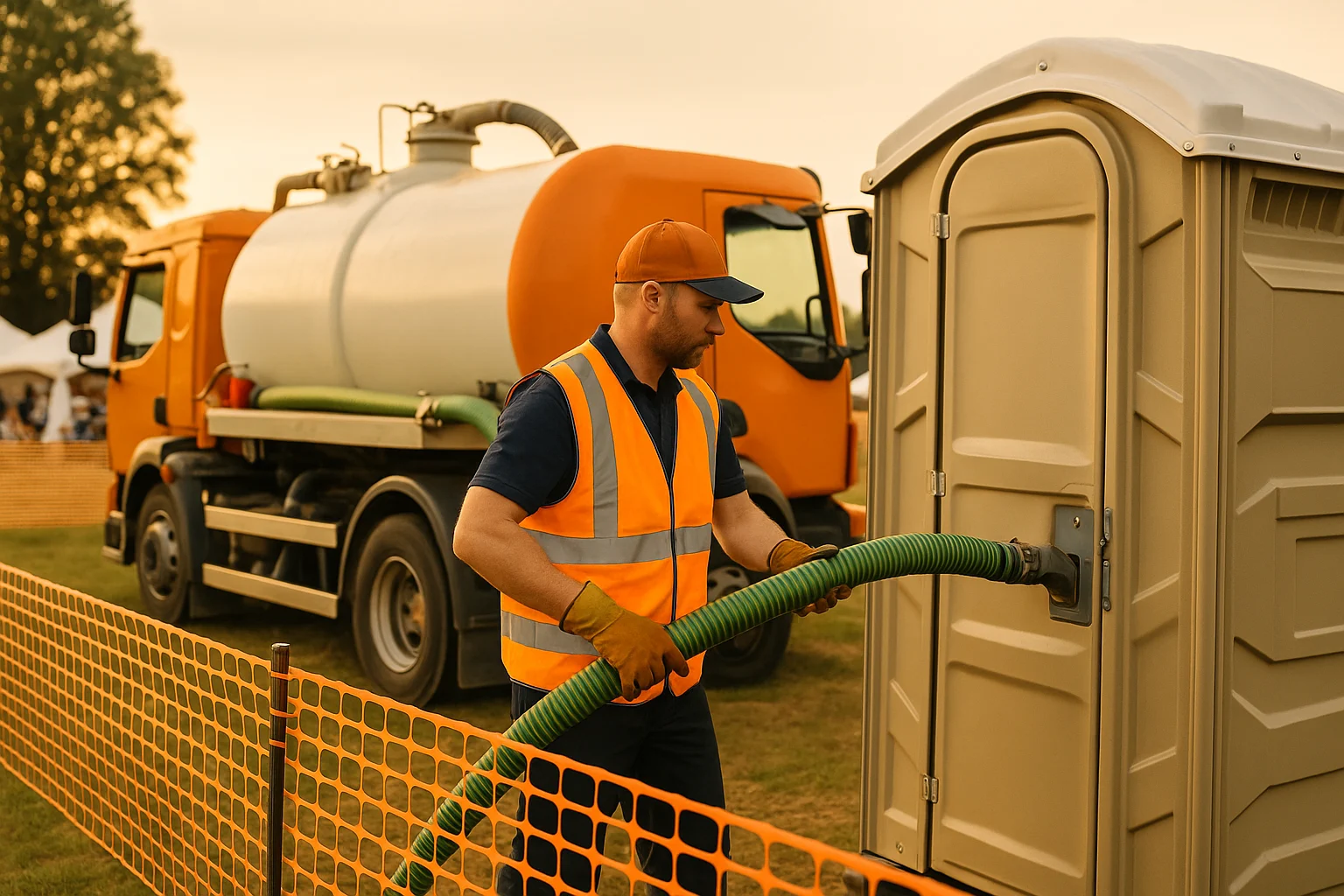Understanding the Recycling System
In today’s world, recycling is more important than ever. As we continue to generate large amounts of waste, understanding the recycling process can help us turn everyday waste into valuable resources. This article will guide you through the recycling process, from sorting to transformation, and explain how it benefits the environment and the economy. By recognizing the significant role recycling plays in our lives, we can contribute to a more sustainable and efficient use of resources.
The recycling process is not just about reducing waste; it is a comprehensive system that involves various stages and technologies to convert discarded materials into reusable commodities. It requires the cooperation of individuals, communities, and industries to function effectively. By delving into the intricacies of recycling, we gain a deeper appreciation of how our daily actions impact the environment and the economy.
Recycling involves collecting and processing materials that would otherwise be thrown away as trash. By turning waste into new products, recycling conserves natural resources, saves energy, and reduces pollution. The recycling process generally follows a similar path, regardless of the material being recycled. It begins with the collection of recyclable materials, which are then sorted and processed into raw materials that can be used in manufacturing.
The recycling process not only reduces the strain on natural resources but also plays a crucial role in waste management and pollution reduction. By diverting waste from landfills and incinerators, recycling decreases the environmental impact of waste disposal. This process fosters a circular economy, where materials are continuously reused, reducing the need for new raw materials and decreasing the environmental footprint of production.
The Role of Recycling Sorting in the Process
Before waste can be recycled, it must be sorted. Recycling sorting is a crucial step that separates recyclable materials from non-recyclable ones. Sorting ensures that the recycling process is efficient and produces high-quality materials. In many communities, sorting is done manually by residents who separate their recyclables at home. This initial sorting by consumers is essential in minimizing contamination and ensuring that materials are suitable for recycling.

Some recycling facilities use advanced technologies like conveyor belts, magnets, and optical scanners to sort materials automatically. These technologies enhance the efficiency and accuracy of the sorting process, allowing facilities to handle larger volumes of recyclables. Regardless of the method, accurate sorting is essential for a successful recycling system. Proper sorting reduces the risk of contamination, which can compromise the quality of recycled materials and limit their potential uses.
Waste Recycling in the USA: A Complex Infrastructure
The United States has a complex recycling system that varies from state to state. While some states have more advanced recycling programs, others are still developing their systems. Generally, the recycling process in the USA involves three main steps: collection, sorting, and processing. These steps are the foundation of the recycling infrastructure and determine the effectiveness of recycling efforts nationwide.
Despite the variations in recycling programs, the overall goal is to increase the recycling rate and reduce waste sent to landfills. By implementing efficient collection, sorting, and processing systems, states can improve their recycling outcomes and contribute to national sustainability goals. The success of recycling programs often depends on public participation, government support, and industry collaboration.
Collection: The First Step in the Recycling System
Recyclable materials are collected from homes, businesses, and public spaces. Collection methods can vary, with some areas using curbside pickup services and others relying on drop-off centers. The goal is to collect as much recyclable material as possible to keep it out of landfills. Effective collection systems are essential for maximizing the volume of recyclables and ensuring that materials are delivered to recycling facilities efficiently.
In addition to traditional collection methods, some communities have implemented innovative solutions such as pay-as-you-throw programs and deposit refund systems to incentivize recycling. These initiatives encourage individuals to recycle more and reduce waste, contributing to higher recycling rates. By improving collection systems and encouraging public participation, communities can enhance the overall effectiveness of their recycling efforts.
Sorting: Key to High-Quality Recycling Output
Once collected, the materials are taken to a recycling facility for sorting. As mentioned earlier, sorting is a critical step in ensuring that the recycling process is efficient and effective. Proper sorting helps prevent contamination, which can reduce the quality of recycled materials. Contamination can occur when non-recyclable items are mixed with recyclables, making it more challenging to process materials and affecting the final product quality.
Recycling facilities employ a variety of methods to sort materials, including manual sorting, mechanical processes, and advanced technologies. These methods help separate materials into categories such as paper, plastic, metal, and glass, ensuring that each type of material is processed appropriately. By investing in efficient sorting technologies, recycling facilities can improve the quality and quantity of recycled materials, ultimately benefiting the environment and the economy.
Processing and Transformation of Recyclables
After sorting, the materials are processed and transformed into new products. This step can involve cleaning, shredding, or melting the materials. The processed materials are then sold to manufacturers who use them to create new products. This not only reduces the need for raw materials but also conserves energy. The processing stage is crucial for converting sorted materials into forms that can be utilized in manufacturing, contributing to a circular economy.
Different materials require different processing techniques to ensure they are suitable for reuse. For instance, metals are melted and purified, plastics are shredded and melted into pellets, and paper is pulped and cleaned. By effectively processing materials, recycling facilities can provide manufacturers with high-quality raw materials, promoting the use of recycled content in new products and reducing the environmental impact of production.

Recycling by Material Type
Different materials require different recycling processes. Here, we’ll explore how some common materials are recycled. Understanding these processes helps highlight the importance of proper sorting and the potential of recycling to conserve resources and reduce waste.
Paper
Paper is one of the most commonly recycled materials. Once collected, paper is sorted by type and grade. It is then soaked in water to create a pulp. The pulp is cleaned to remove any ink or contaminants. Finally, the clean pulp is pressed and dried to create new paper products.
Plastic
Recycling plastic is more complex due to the variety of plastic types. After sorting, plastic is cleaned and shredded into small pieces. These pieces are melted and formed into pellets, which can be used to create new plastic products.
Glass
Glass recycling is a straightforward process. Collected glass is sorted by color and cleaned to remove any impurities. It is then crushed into small pieces called cullet. The cullet is melted and formed into new glass products. Glass can be recycled indefinitely without losing quality.
Metal
Metal recycling involves melting down collected metals and purifying them. This process removes any contaminants and allows the metal to be reused. Aluminum, for example, is often recycled from beverage cans.
Environmental and Economic Benefits of Recycling
Recycling offers numerous environmental and economic benefits. By turning waste into valuable resources, we can reduce our reliance on raw materials, conserve energy, and decrease pollution.
- Conserving Resources
- Reducing Energy Use
- Lowering Pollution
- Job Creation
- Cost Savings
- Economic Growth
How You Can Support Waste Recycling in the USA
Individuals play a vital role in supporting the recycling process. Here are some steps you can take to make a difference:
- Educate Yourself
- Sort Your Waste
- Reduce and Reuse
- Support Recycled Products
By understanding the recycling process and actively participating in it, we can all contribute to a more sustainable future. Recycling not only turns everyday waste into valuable resources but also helps protect our planet for future generations.






